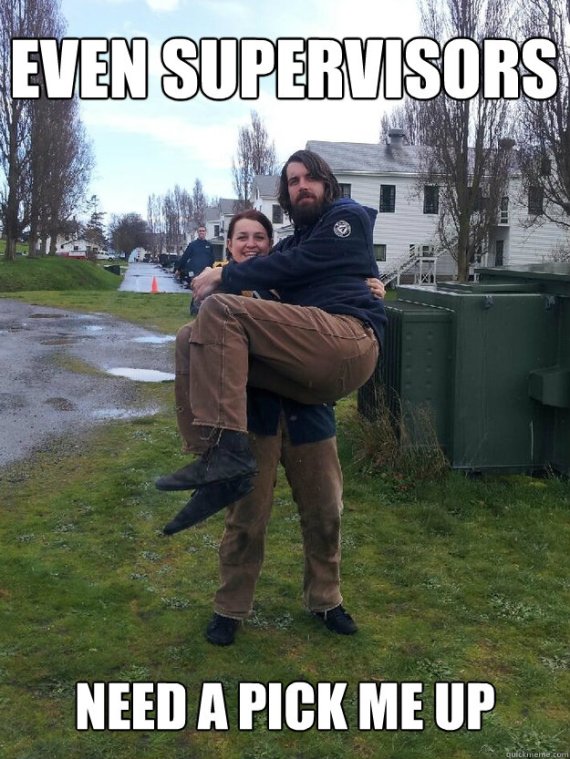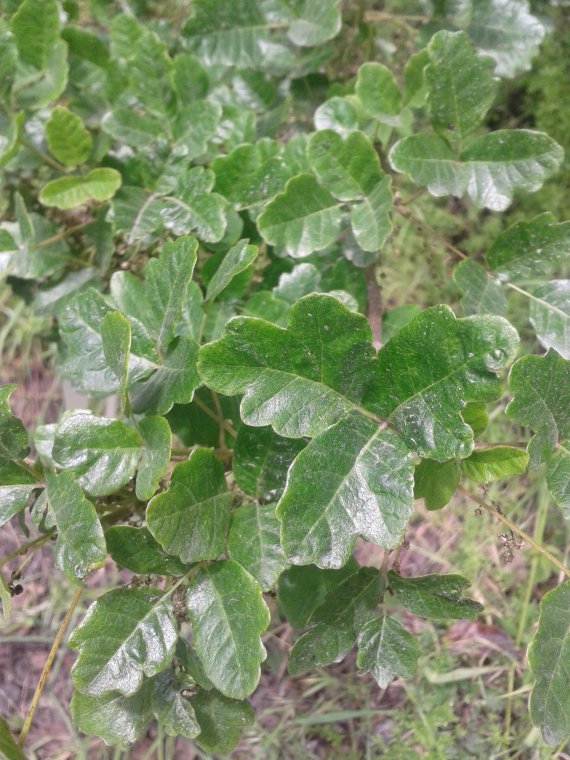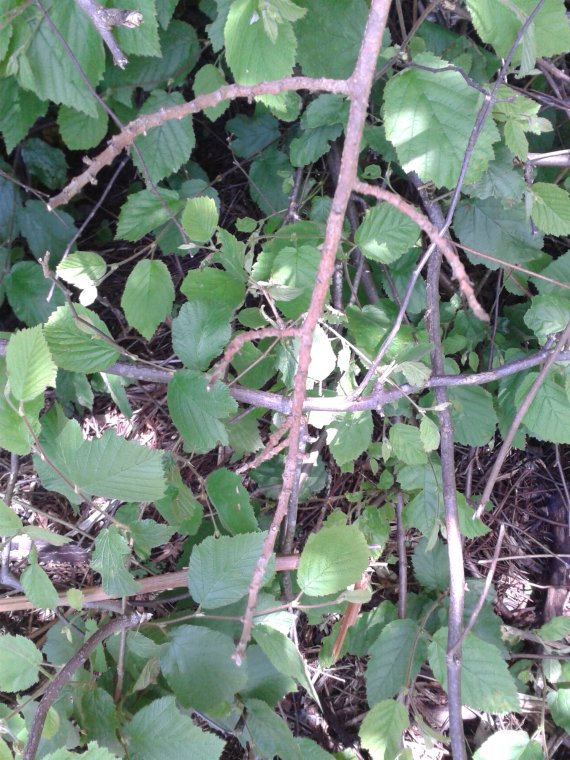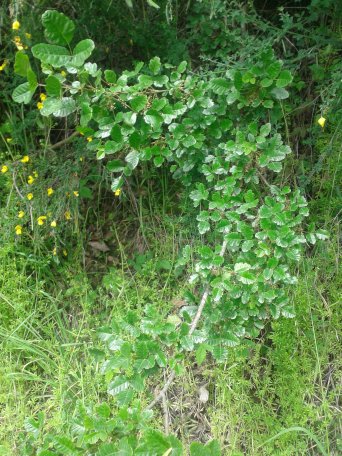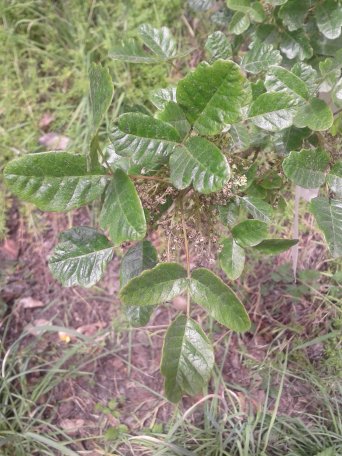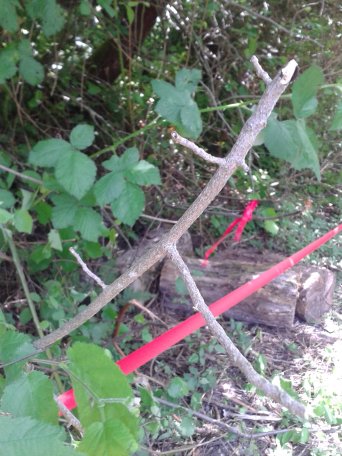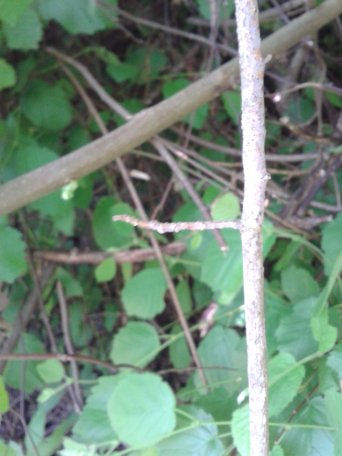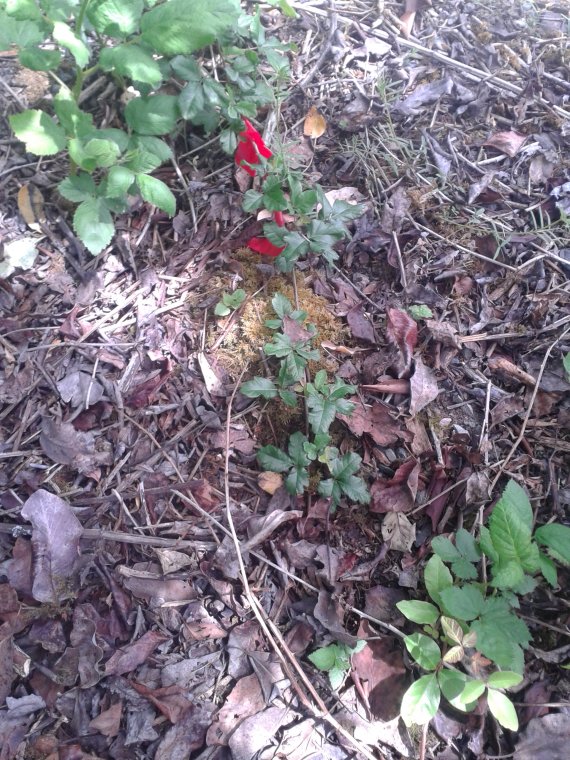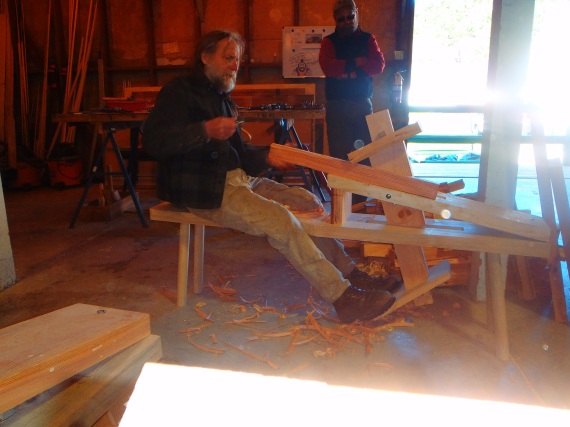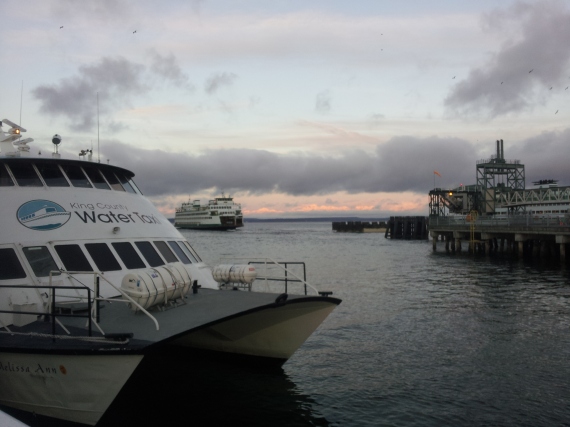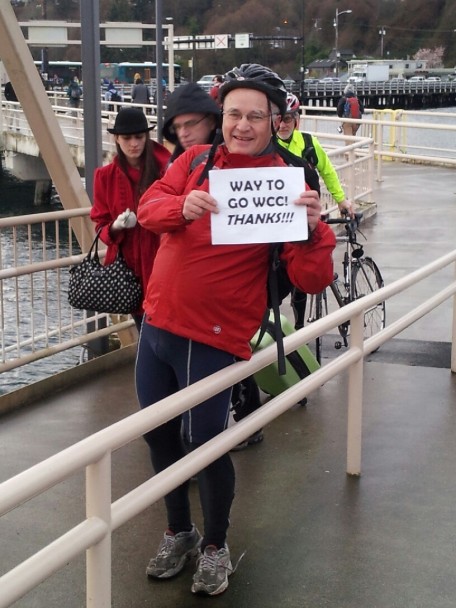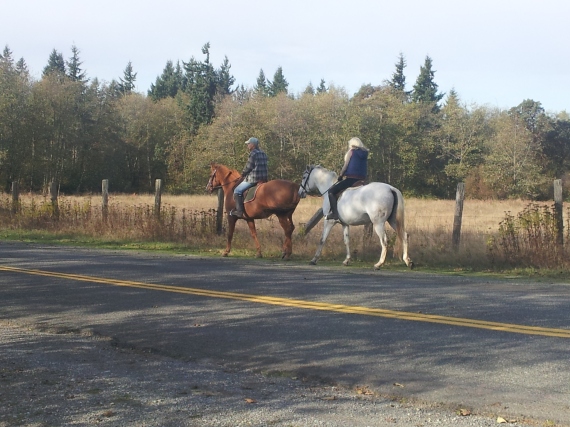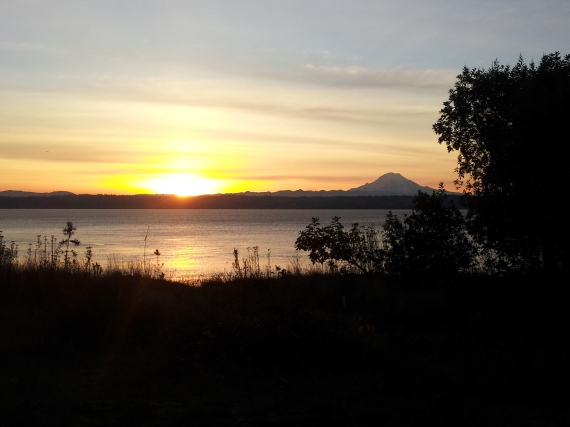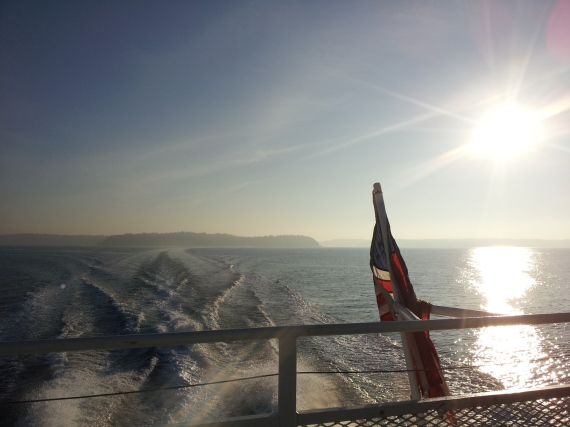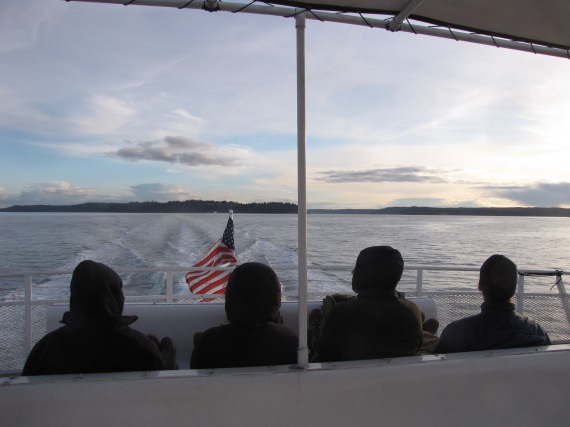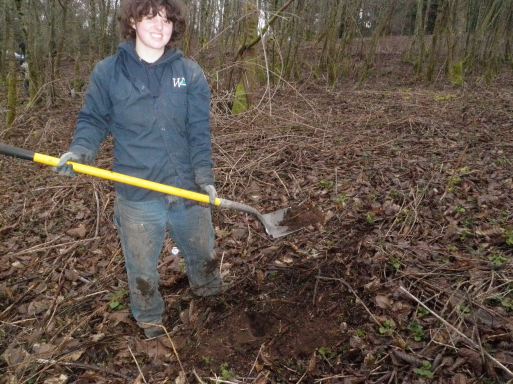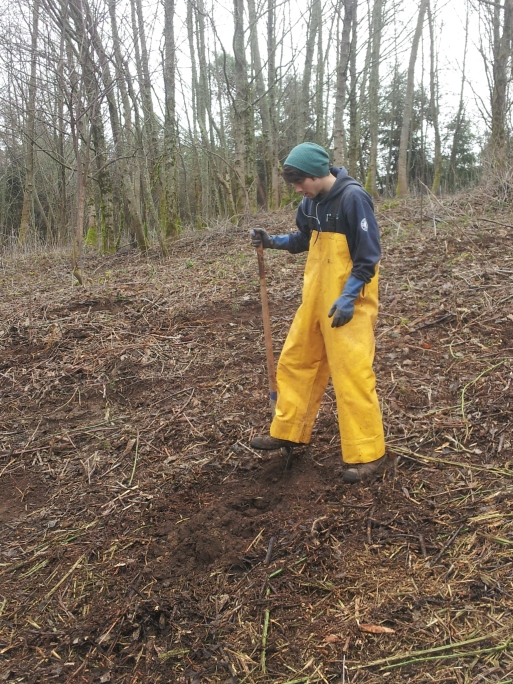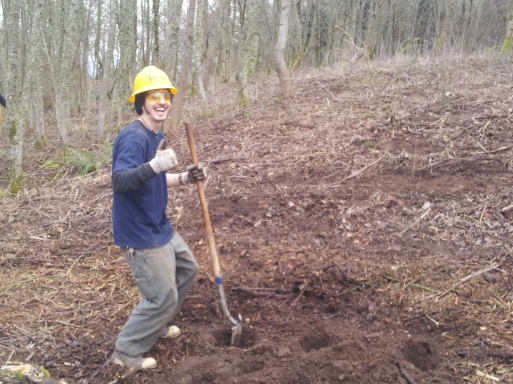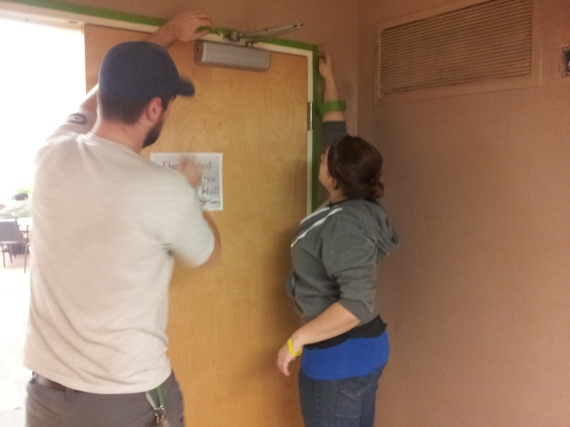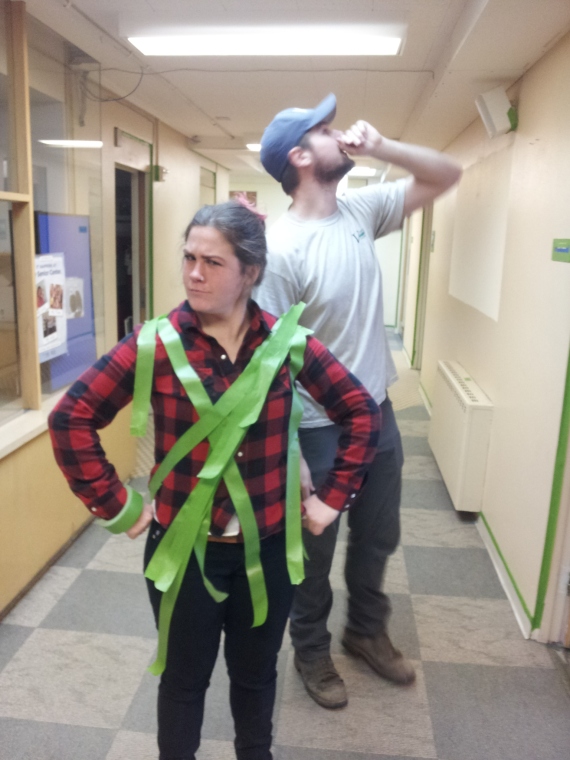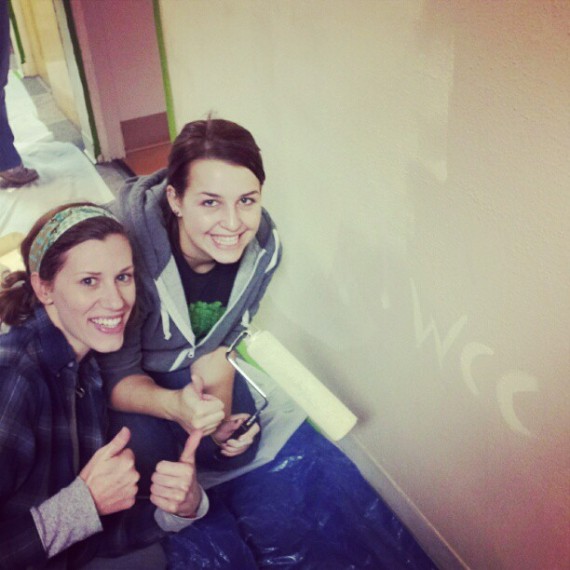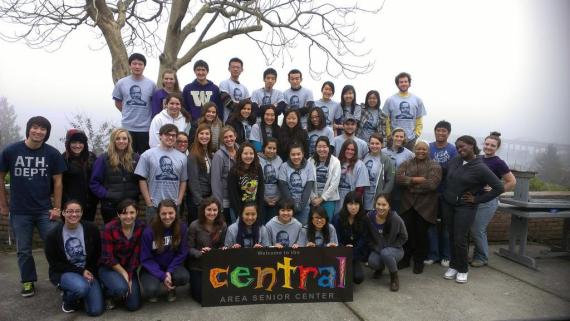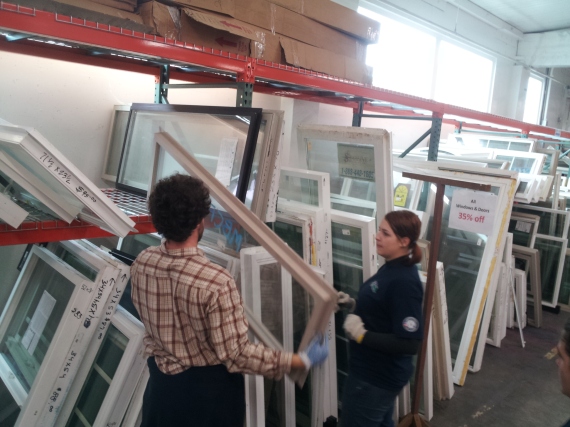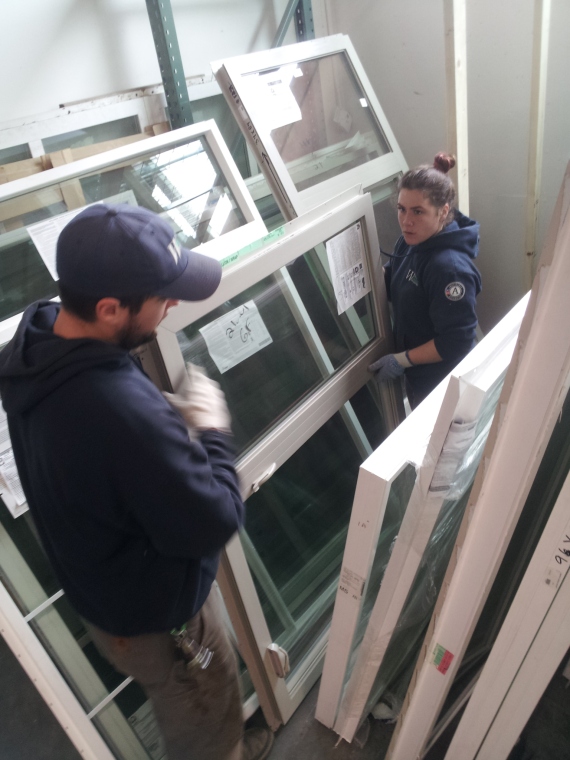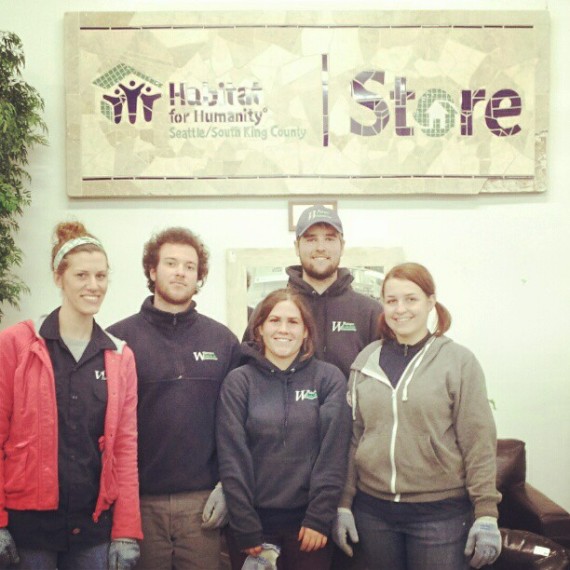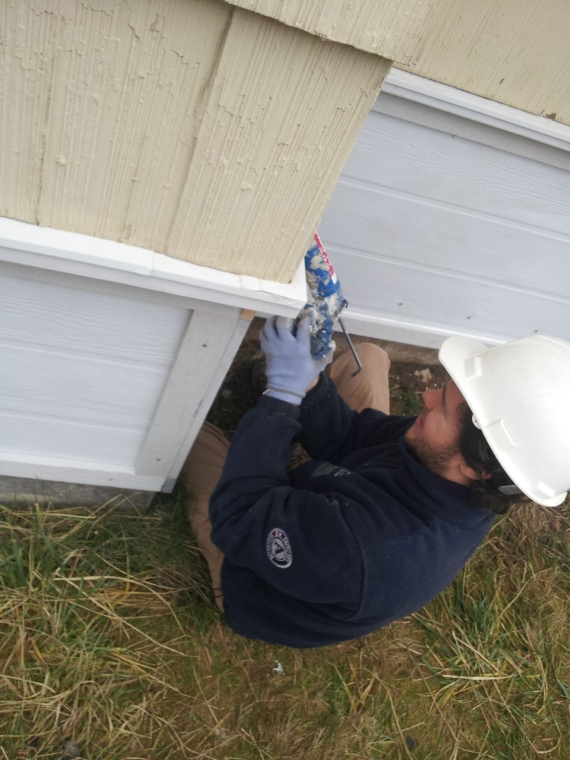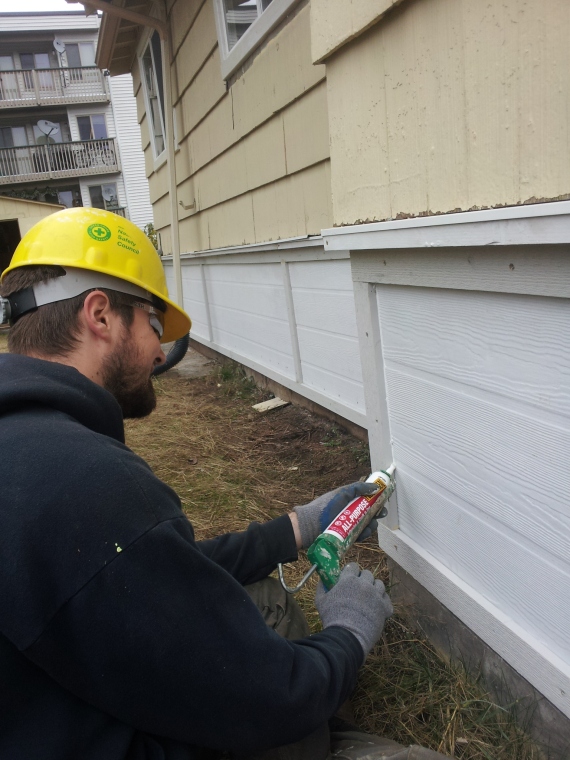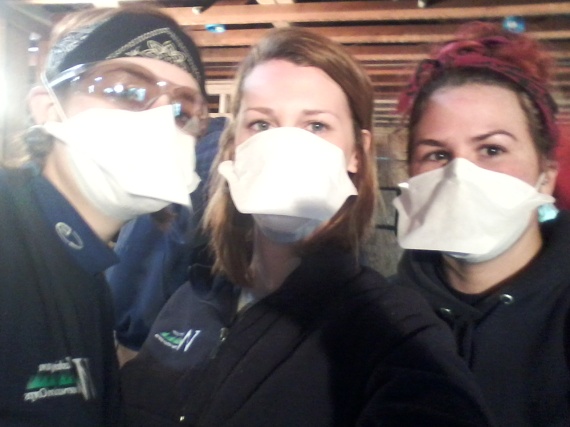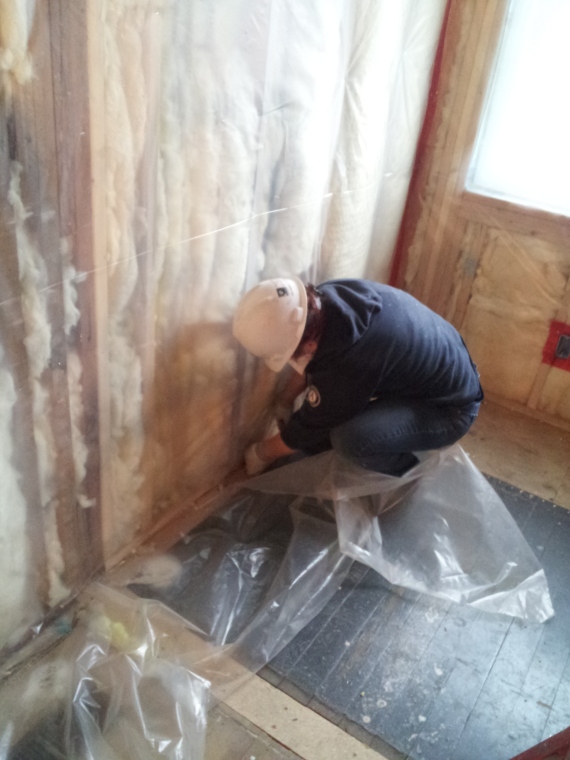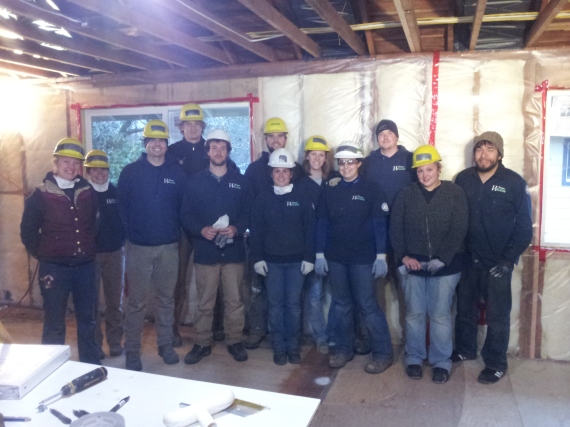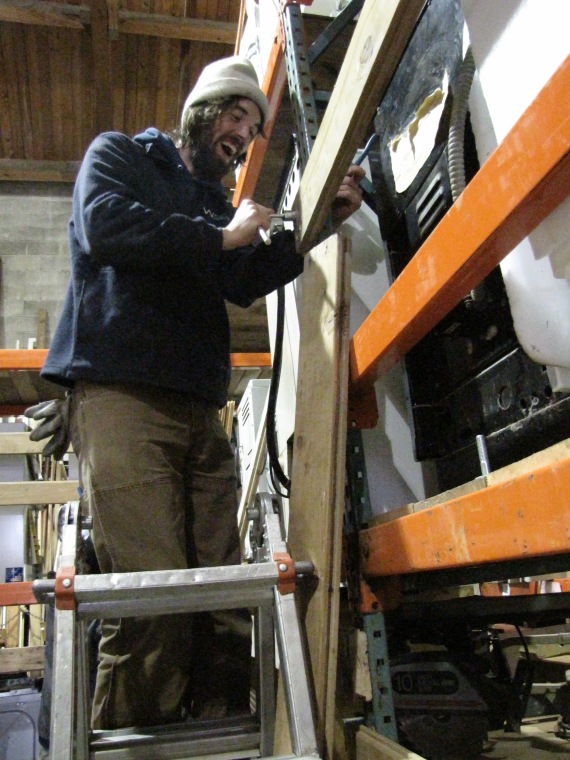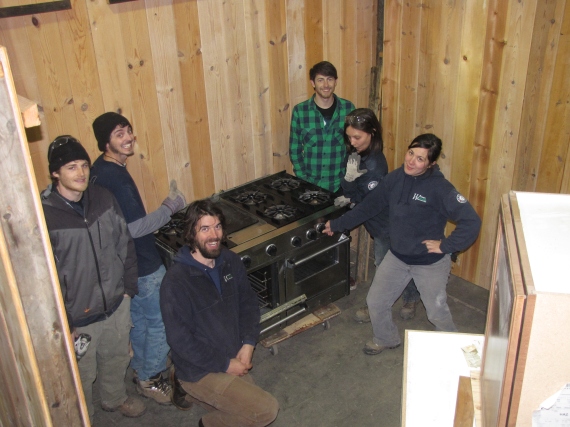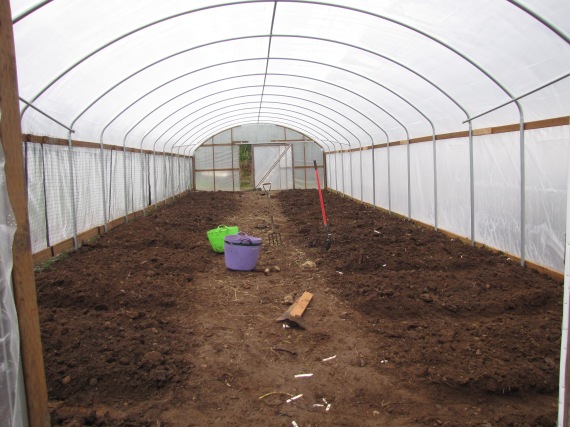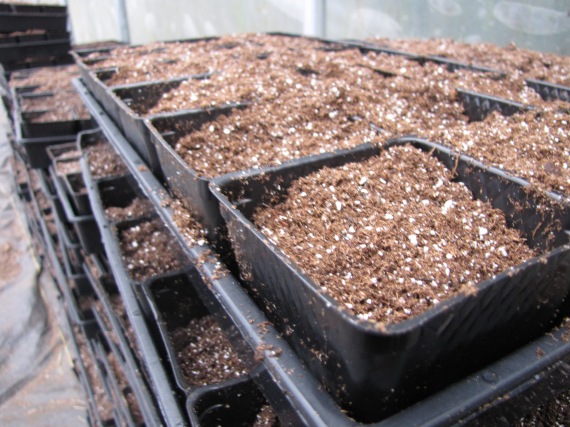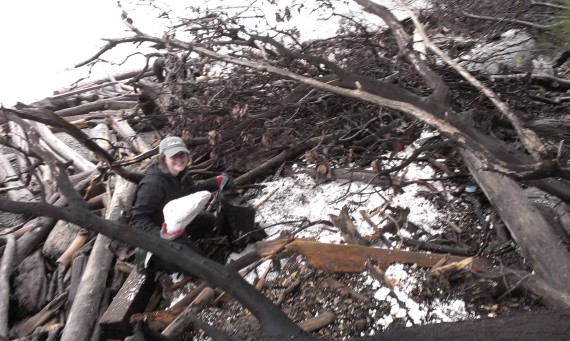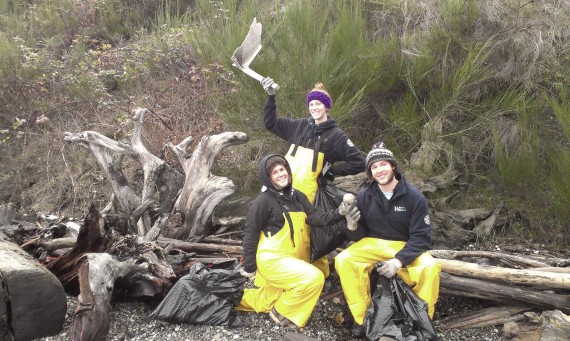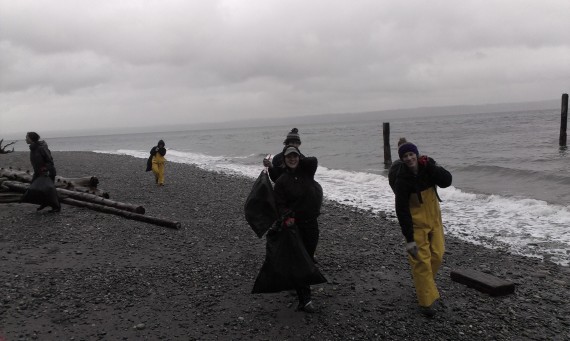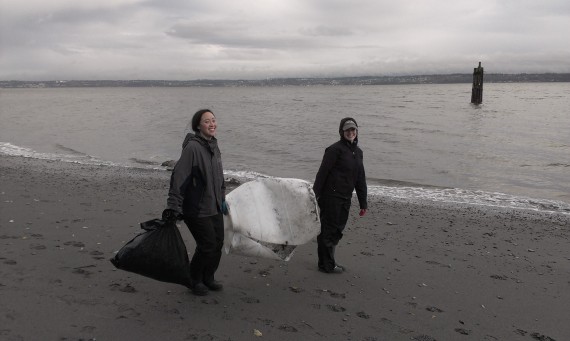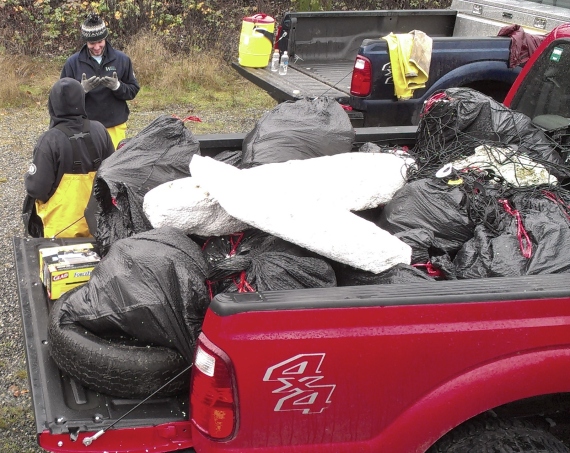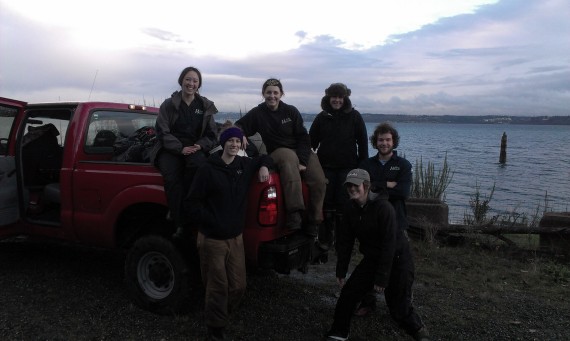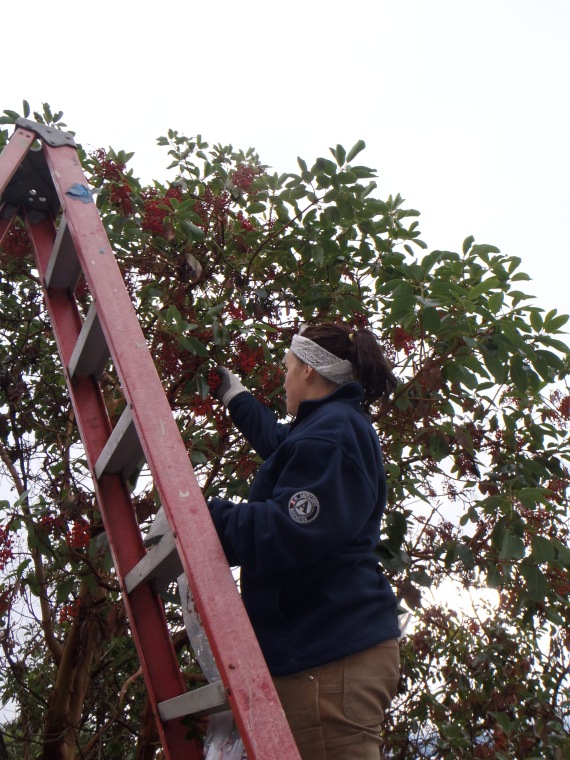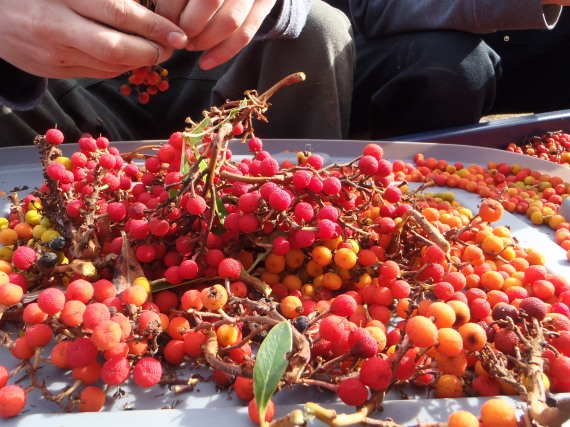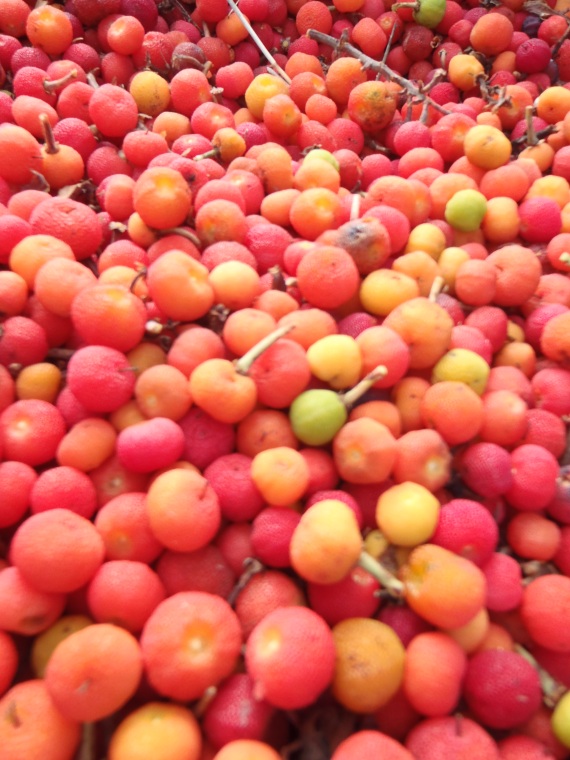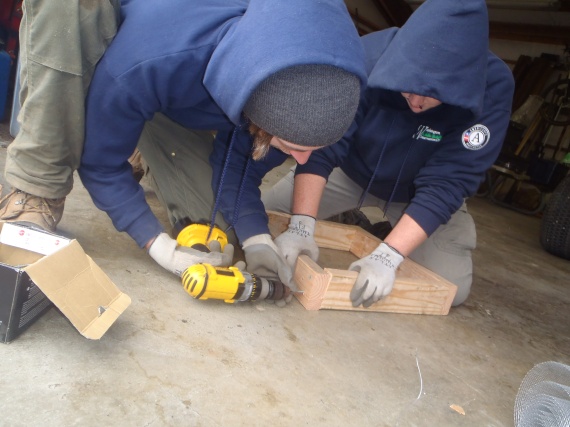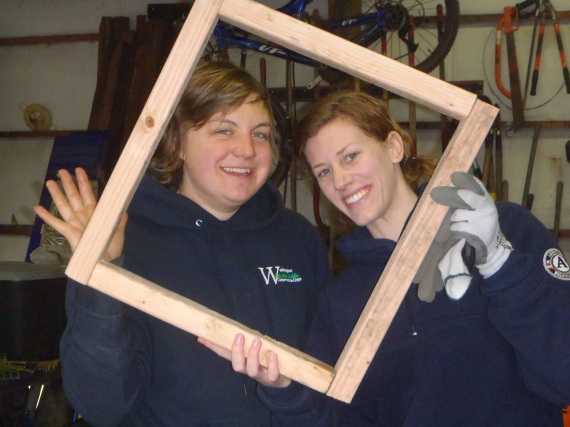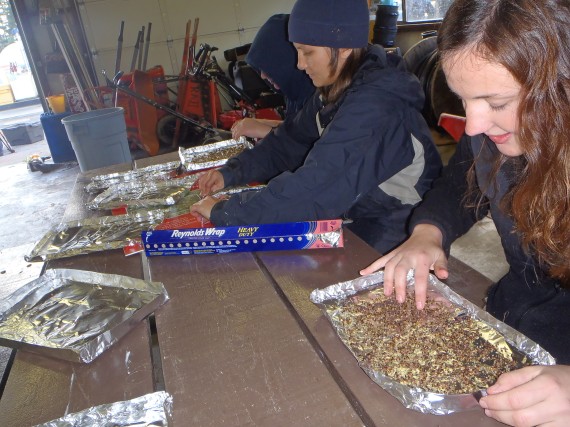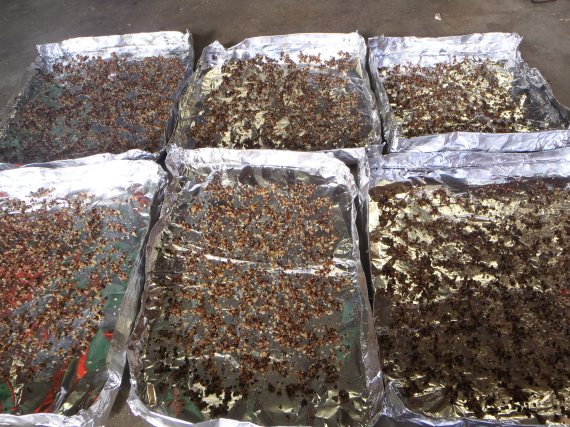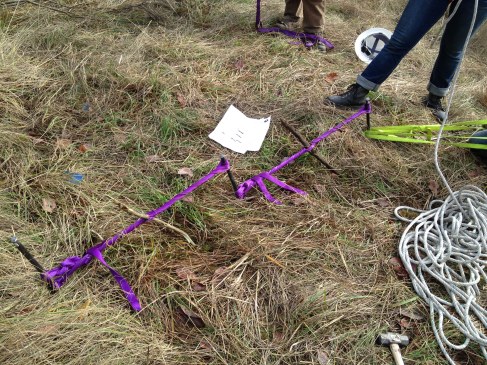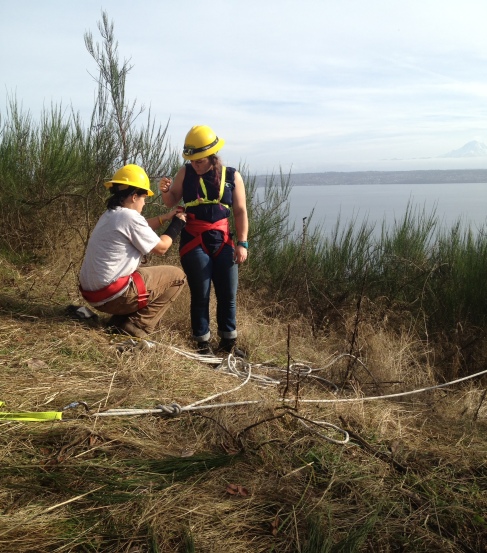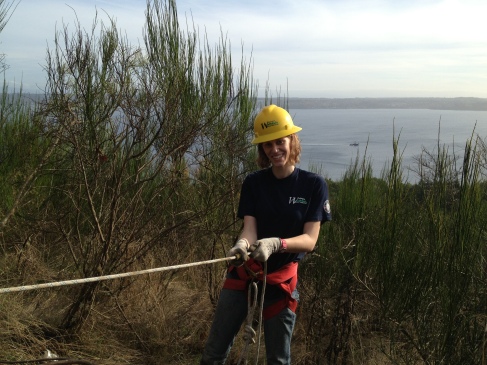Every year, WCC supervisors and crew members get three weeks of training at Ft. Worden State Park, near Port Townsend, WA.
The first week is NMOT (New Member Orientation and Training) in October, where we all learn about how to make the most of our year in WCC. NMOT classes included Civic Engagement, Living on a Budget, Salmon 101, Sexual Harassment Awareness/Prevention, Conflict Resolution and we all became CPR/First Aid certified!
The next two weeks, in March and June, are more intensive. We get to attend classes on two choices (one per week) from the following subjects:
-
Ethnobotany
-
Forestry Basics
-
GPS and GIS
-
Grant Writing
-
Hazardous Waste Operator (Hazwoper)
-
Renewable Energy Technology
-
Rigging Applications
-
Search and Rescue
-
Swiftwater Rescue and Safety Ropes
-
Sustainable and Low Impact Development
-
Watershed Restoration and Wetlands
-
Wilderness Advanced First Aid (WAFA) Certification
-
Wilderness Survival
-
Wildland Firefighter (Red Card)
-
Wildland Pumps and Saws
-
Woodworking at the Port Townsend School of Woodworking
We can also choose to train for a Wilderness First Responder (WFR) Certification, which takes up both weeks.
March Training
3/18-21, 2013
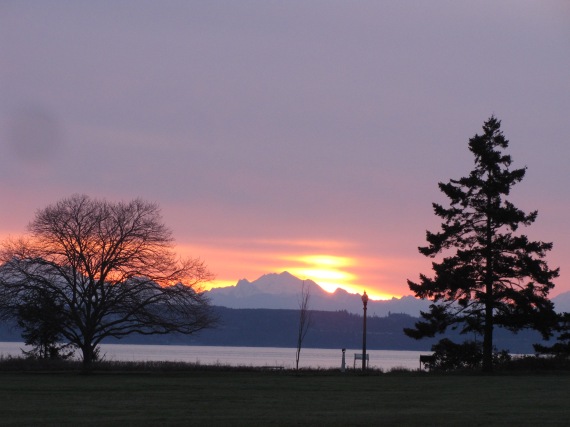
Sunrise over Puget Sound from Fort Worden
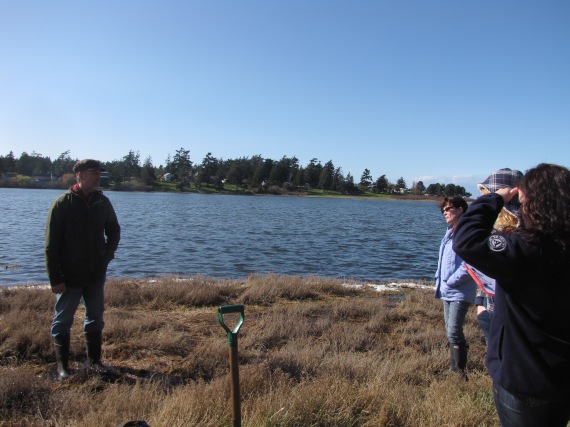
Watershed Restoration and Wetlands class, learning about wetland delineation
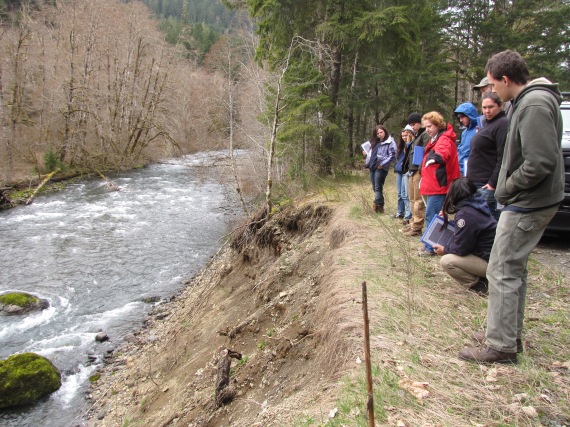
Surveying the Dosewallips River for proper functioning conditions
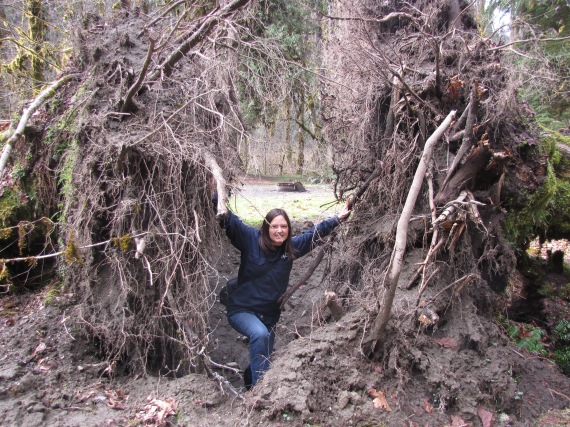
Jen, making her way through root wads near the Duckabush River
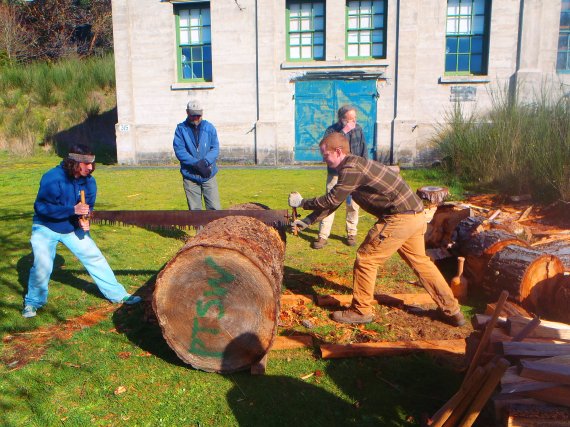
Kyle using a crosscut saw with another crew member to cut a Douglas Fir log down to the right height for our stool legs
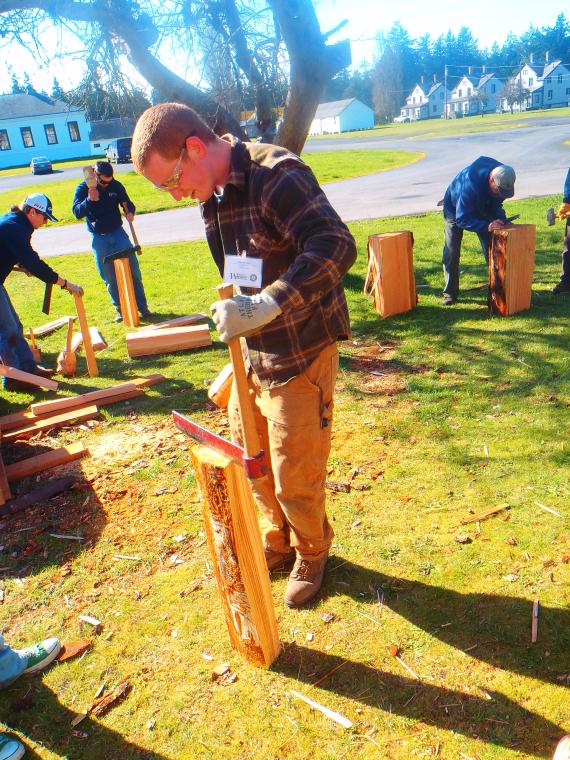
Splitting logs to make stool legs
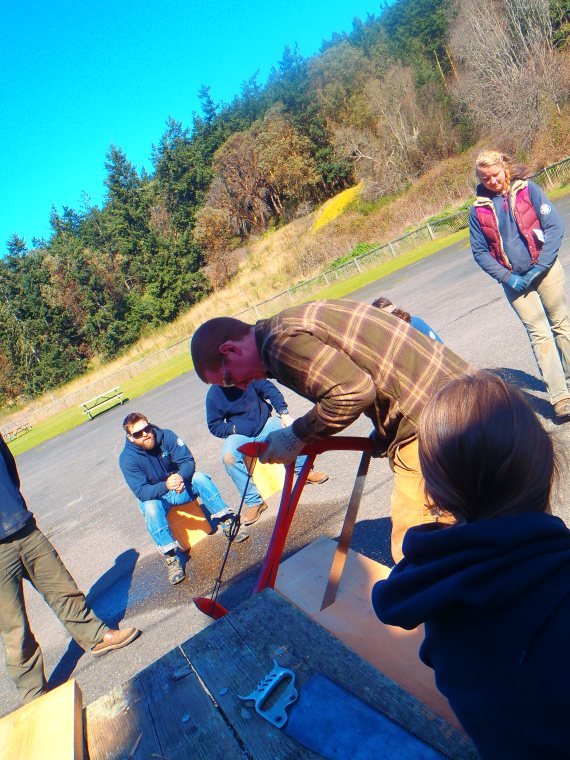
Sawing a plank of wood to make a stool seat
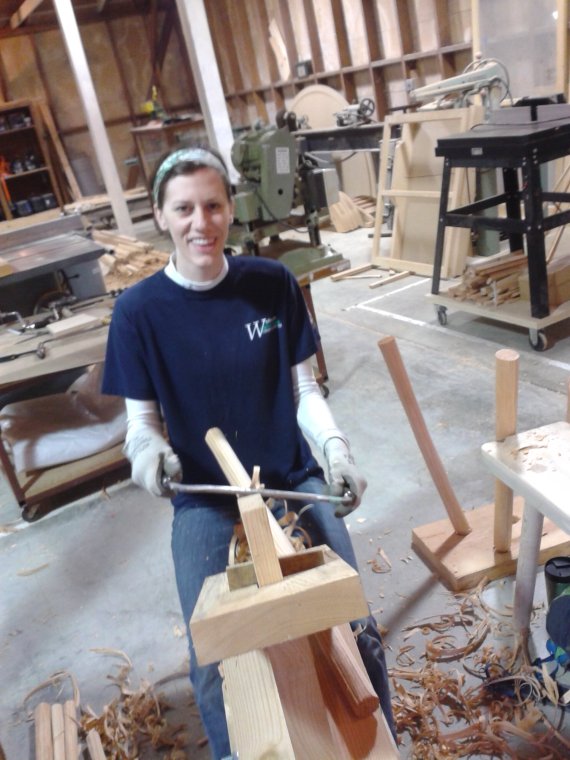
Sara, using the shave horse and draw knife to shape a stool leg
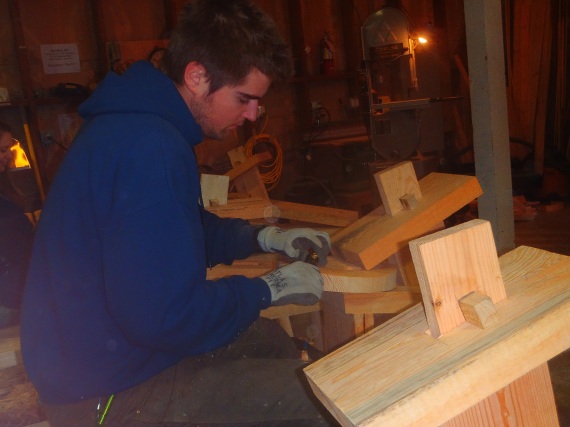
Davis, using a spoke shave to round of the edges of the seat for his stool
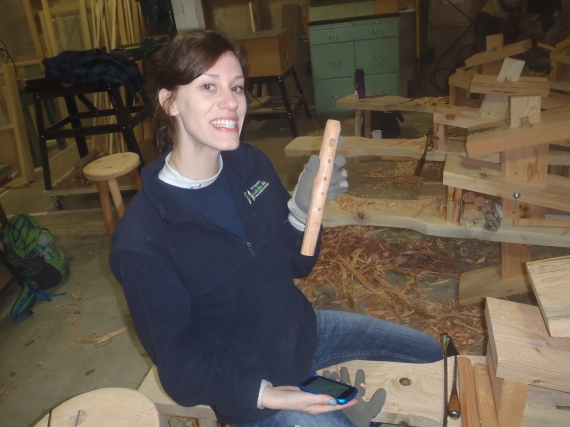
What do you do if you finish your woodworking project early?
You make woodwind instruments, of course!
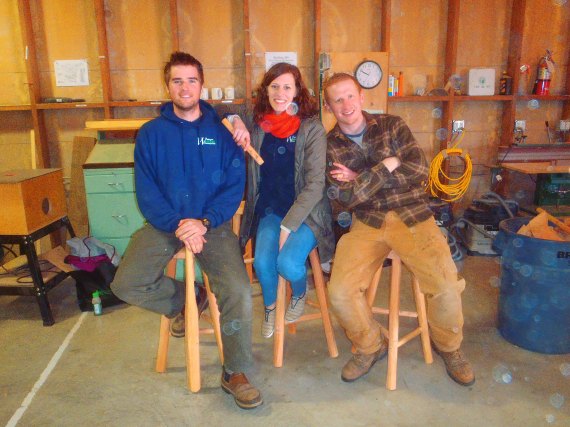
Davis, Sara, and Kyle, with their finished stools! (And a bat and flute..)
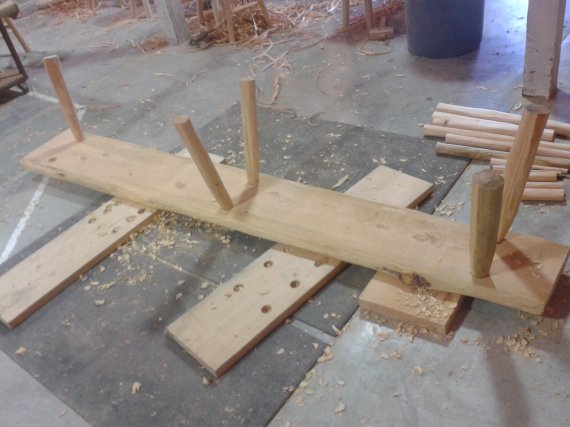
The woodworking class decided to build a bench during the last two days of training
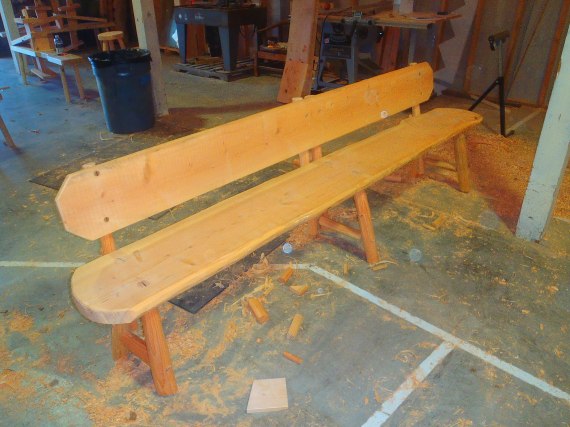
Voila! Bench complete!
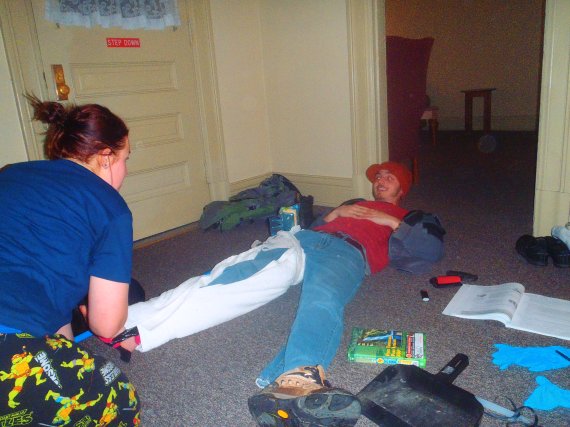
Amanda, splinting Colin’s leg as part of her WFR homework
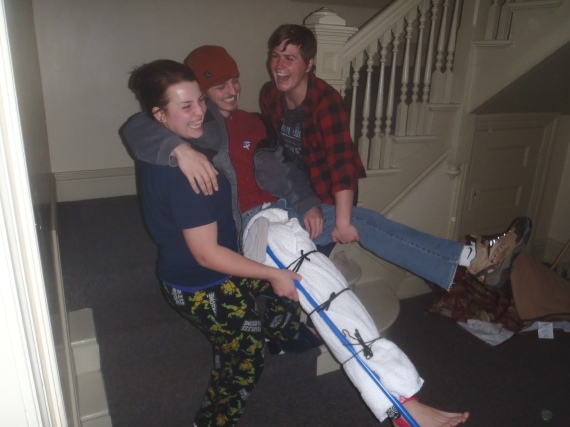
Amanda, Colin, and Ali, staging Colin’s injury as a fall down the stairs
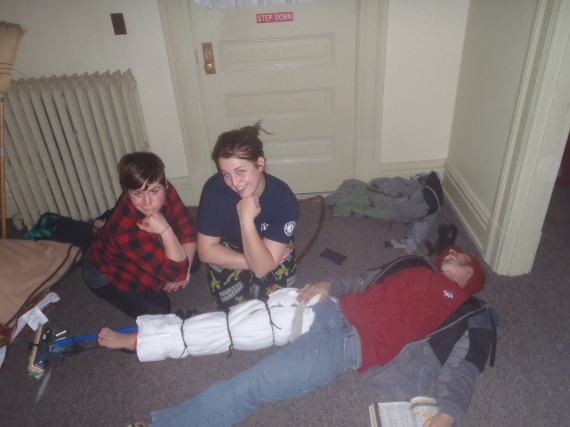
Ali and Amanda, showing off their splinting skills while Colin plays a very convincing patient
And last, but obviously not least, we learned at training…
